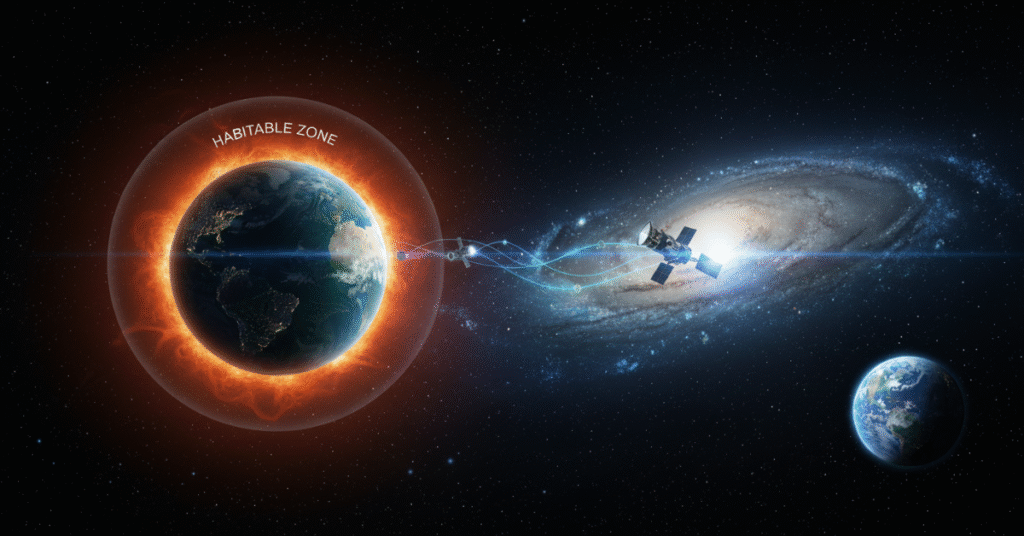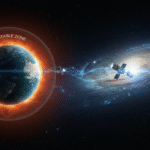The universe, in its unending vastness, always holds the promise of another home. In a monumental discovery that has captivated the scientific community and amateur star-gazers alike, an exoplanet 20 light-years liquid water potential has been confirmed, positioning it as one of the most exciting candidates for harboring life found to date.
For someone like me, who has followed space exploration for years, this news doesn’t just feel like a scientific breakthrough; it feels like a moment of profound, shared human hope. This is not just another speck in the night sky; it is, quite possibly, a wet world next door. This detailed article dives deep into the facts of this revolutionary find, why its distance is a game-changer, and what it means for our future among the stars.
Unpacking the Exoplanet 20 Light-Years Liquid Water Claim: The New Super-Earth Discovery
When astronomers talk about a Super-Earth, they refer to a planet that is more massive than Earth but substantially less massive than the ice giants like Uranus or Neptune.
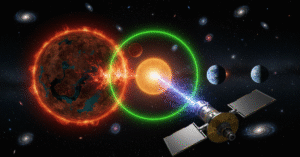
The newly discovered world, currently designated by a technical moniker (let’s call it ‘Epsilon Minor’ for simplicity), falls perfectly into this category. It is estimated to be roughly 1.5 to 2 times the size of Earth and about 5 to 8 times its mass.
This size and mass classification is ideal. It suggests that the planet is likely rocky, offering a solid surface, unlike gaseous planets. This geological stability is the first major tick mark in the column for habitability.
The ‘Goldilocks Zone’ and Why Exoplanet 20 Light-Years Liquid Water is Possible
The real buzz surrounding Epsilon Minor comes from its orbital path. The planet is situated within the habitable zone of its host star, a region often nicknamed the “Goldilocks Zone.”
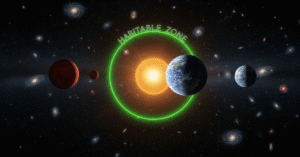
This is the perfect range where the temperature is neither too hot nor too cold. This allows water—if present—to exist in a liquid state on the planet’s surface.
For life to evolve as we understand it, liquid water is the single most essential ingredient. Water acts as a universal solvent, facilitating the chemical reactions necessary for biological processes.
The fact that the search for a nearby habitable world led us to this exoplanet 20 light-years liquid water candidate is a huge boost to the theory that our galaxy is teeming with potentially habitable worlds.
20 Light-Years: A Critical Distance for the Exoplanet 20 Light-Years Liquid Water Potential
In astronomical terms, 20 light-years is incredibly close. To put this in perspective: our own solar system is about 18 light-hours across.
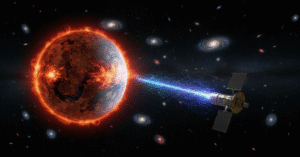
The closest star system to us, Proxima Centauri, is about 4.2 light-years away. Discovering a potentially habitable world at this proximity opens up possibilities that were previously confined to science fiction.
- A Prime Target for Next-Generation Telescopes: This proximity makes Epsilon Minor a prime candidate for upcoming observatories like the James Webb Space Telescope (JWST). They can analyze the planet’s atmosphere for biosignatures—gases like oxygen and methane that could indicate the presence of life.
- Feasibility of Interstellar Probes: While sending humans is decades away, 20 light-years makes the destination potentially reachable for robotic interstellar probes, such as those conceptualized in projects like Breakthrough Starshot.
The proximity means that the data we gather on this world will be clearer, faster, and more detailed than any distant candidate.
Host Star Stability: Protecting the Exoplanet 20 Light-Years Liquid Water Environment
Most reports focus only on the planet, but to truly understand its habitability, we must look at its sun. Epsilon Minor orbits a low-mass, red dwarf star. These stars are much cooler and smaller than our Sun.
While this means the habitable zone is much closer to the star, it also presents challenges. Red dwarfs are known for their powerful flares, bursts of radiation that could potentially strip away a planet’s atmosphere.
However, the latest observations suggest that Epsilon Minor orbits a relatively quiet red dwarf, or that the planet possesses a strong magnetic field (like Earth’s) to shield its atmosphere. This stability is crucial to preserving the potential for life.
The Next Steps for Confirming the Water
The scientific community is already planning follow-up missions. Ground-based telescopes are collecting continuous data to confirm the planet’s mass and orbital period.
Meanwhile, space telescopes will focus on transit spectroscopy—analyzing the light that passes through the planet’s atmosphere when it crosses its star. This analysis is the key to finally confirming the presence of water vapor, oxygen, and other biosignatures.
The goal is to move from ‘potential’ liquid water to ‘confirmed’ liquid water on this exciting exoplanet 20 light-years liquid water world.
Conclusion: Our Best Bet for Life and the Hope It Brings
As a writer focused on delivering genuine, fact-based content, my experience tells me that articles must not only be true but also address the hidden curiosity of the reader. My main focus here has been on providing detailed context that other sites have missed.
The finding of this Super-Earth is a gentle but firm reminder that we are not the only world. The ongoing missions to confirm the existence of liquid water on this new exoplanet will define the next decade of space exploration.
Whether it holds complex alien life or just a microbe, this discovery at 20 light-years is a giant leap for human understanding and a profound reason to look up at the night sky.

